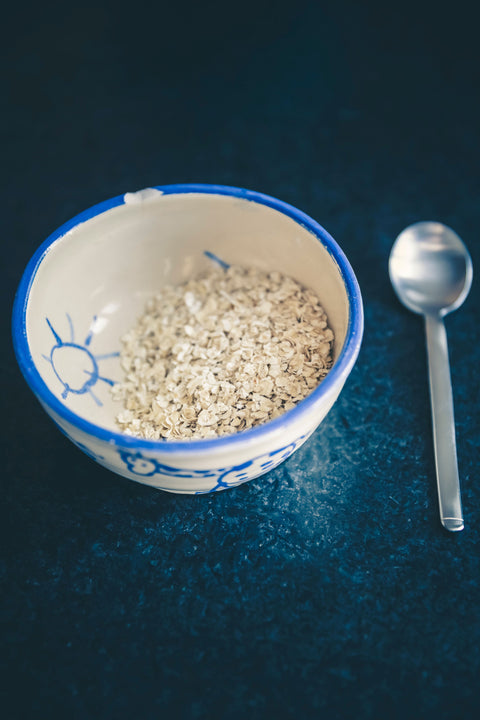You might have heard of the Dirty Dozen or sometimes buy the organic eggs from the grocery store, but what about when you are in the spice aisle? Organic spices are touted as being more pungent and having more flavour, but one of the most compelling reasons to choose organic spices is how they are processed.

Some spices can be grown in North America such as mustard in Canada or chillies in the U.S., however many spices require tropical climates and could never be grown here. This means many spices are imported and government regulations state spices need to be sterilized to kill any microbes present. This process is a bit of a balancing act to sterilize spices, but retain flavour and a high quality product. The process of sterilization for spices happens in three ways: fumigation, irradiation, and steam.
Fumigation: multiple different chemicals can be used to fumigate spices, however you will never see any of these chemicals on the label. Some of the common chemicals used are ethylene oxide or propylene oxide. These chemicals do not have to be disclosed on the label. After treatment with fumigation the spices are aerated or exposed to oxygen to allow any residual chemicals to dissipate. Any remaining residues known as “persistent fumigant residues” could pose potential health hazards. It all depends on which chemicals are being used.
Irradiation uses radiation to penetrate spices and kill any bacteria present. Irradiation is permitted in Canada on many foods such as ground beef. It is used to prolong shelf life or slow down ripening. It is also used to prevent germination in potatoes, garlic, or onions. The Canadian Food Inspection Agency requires all foods that have been irradiated to be labelled as such or any food products containing an ingredient at 10% or more that has been irradiated to be labelled. Products that have been irradiated or that contain irradiated ingredients are not allowed to be certified, by an accredited certifying body, as organic. Irradiation does not not leave behind any residues like fumigation so aeration is not necessary after treatment. Irradiation can degrade flavour or quality in spices, however so quality can be a concern.
Steam sterilization is the third method to sterilization and is the only method allowed for organic production. This method uses steam under pressure for a specific duration and at a specific temperature to treat spices. Steam sterilization has been shown to be the best method to retain pungency and flavour and prevent damage to plant enzymes or volatile oils. However this process is not widely used because it is the most expensive option for sterilization.
Learn more here:
Potential Hazards of Fumigant Residues - https://www.ncbi.nlm.nih.gov/pmc/articles/PMC1475100/?tool=pmcentrez
Sterilization Method for Spices & Herbs: https://patents.google.com/patent/US5523053A/en
Here is an example of how Steam Sterilization works:
https://temaprocess.com/processes/steam-sterilization-for-herbs-spices/
Irradiated Foods Which May Be Sold in Canada : http://www.inspection.gc.ca/food/requirements-and-guidance/labelling/industry/irradiated-foods/eng/1334594151161/1334596074872#tc_req1


